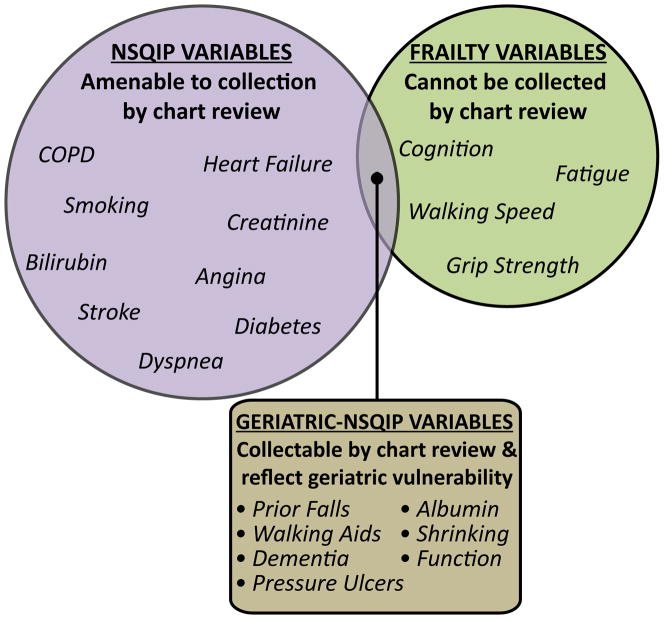Figure 3. Falls and Surgical Outcomes: The First Clue of Surgical Outcomes Database Modifications Needed to Accommodate Older Adults.
The traditional variables used to quantify surgical risk include chronic diseases and single end-organ dysfunction (left side circle in graphic). These variables are amenable to retrospective chart review collection by looking at the surgeon’s history/physical note or the pre-anesthesia evaluation, and as a result are currently used by the NSQIP dataset to forecast surgical risk. Relying solely on chronic disease burden to quantify surgical risk in older adults is inadequate. Frailty-specific variables reveal reduced physiologic reserve specific to the older adult (right side circle in graphic). These frailty variables are not currently used in surgical risk calculators because they are not commonly recorded in the surgical chart, and therefore cannot be collected through retrospective chart review. There are a small number of variables that both quantify the unique physiologic vulnerability of the older adult, and can be collected by retrospective chart review which allows for their inclusion in surgical outcomes datasets (area where two circles overlap). Potential variables to include in a geriatric-specific surgical outcome’s dataset are listed in the graphic’s box. These variables are often accessible by reading nursing inpatient admission notes which include nutrition, mobility, fall and pressure sore risk assessments. Examples of two commonly recorded nursing assessment scales include: [1] the Morse Fall Risk Score (used to quantify inpatient fall risk) documents fall history, ambulatory aid use, gait/transfer difficulties and mental status, and [2] the Braden Score (used to quantify pressure sore risk) documents activity, mobility and nutrition.

